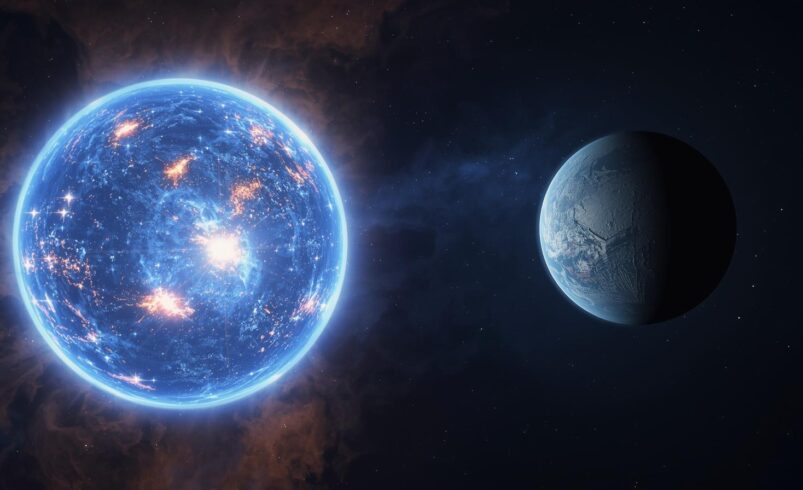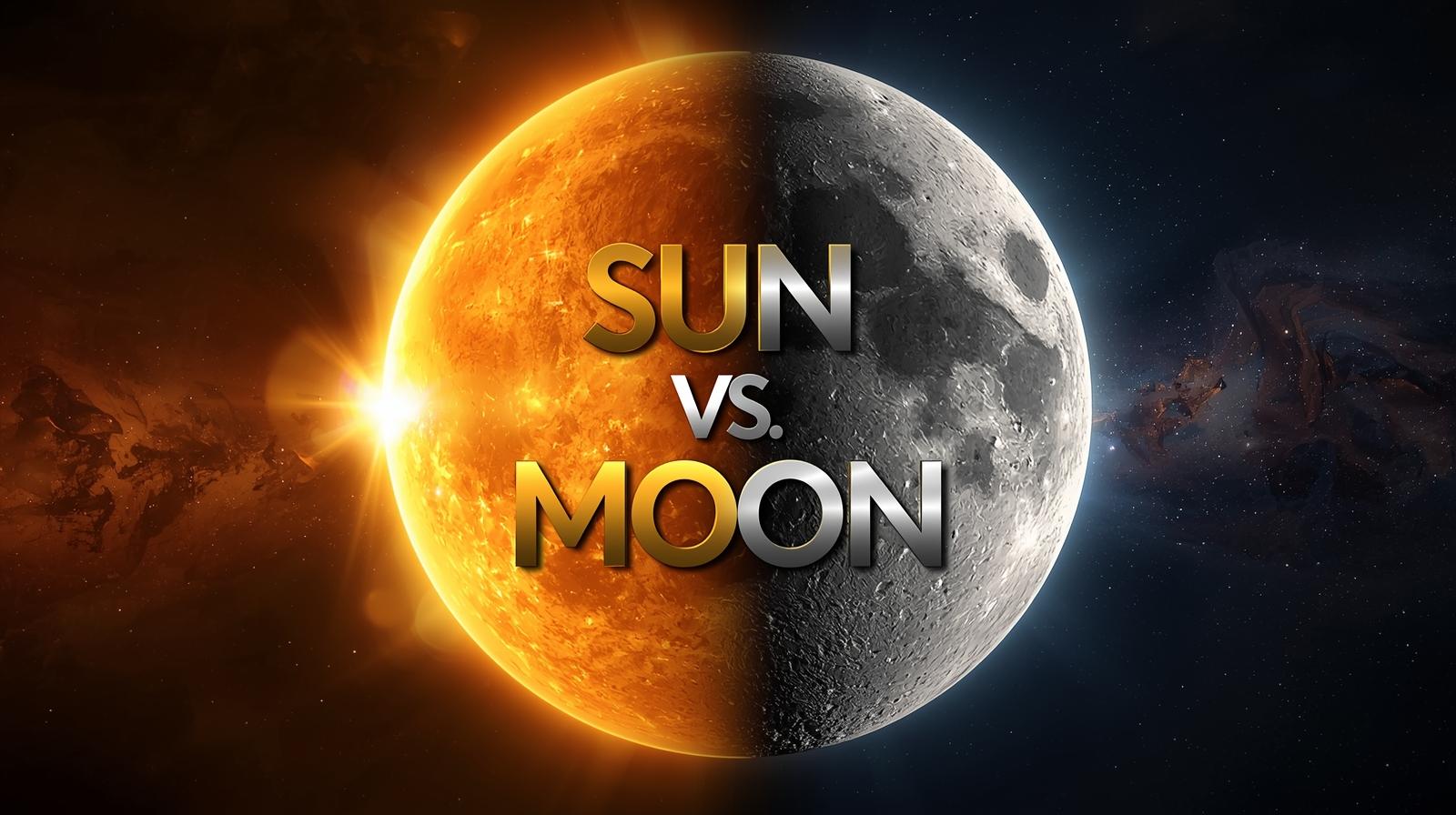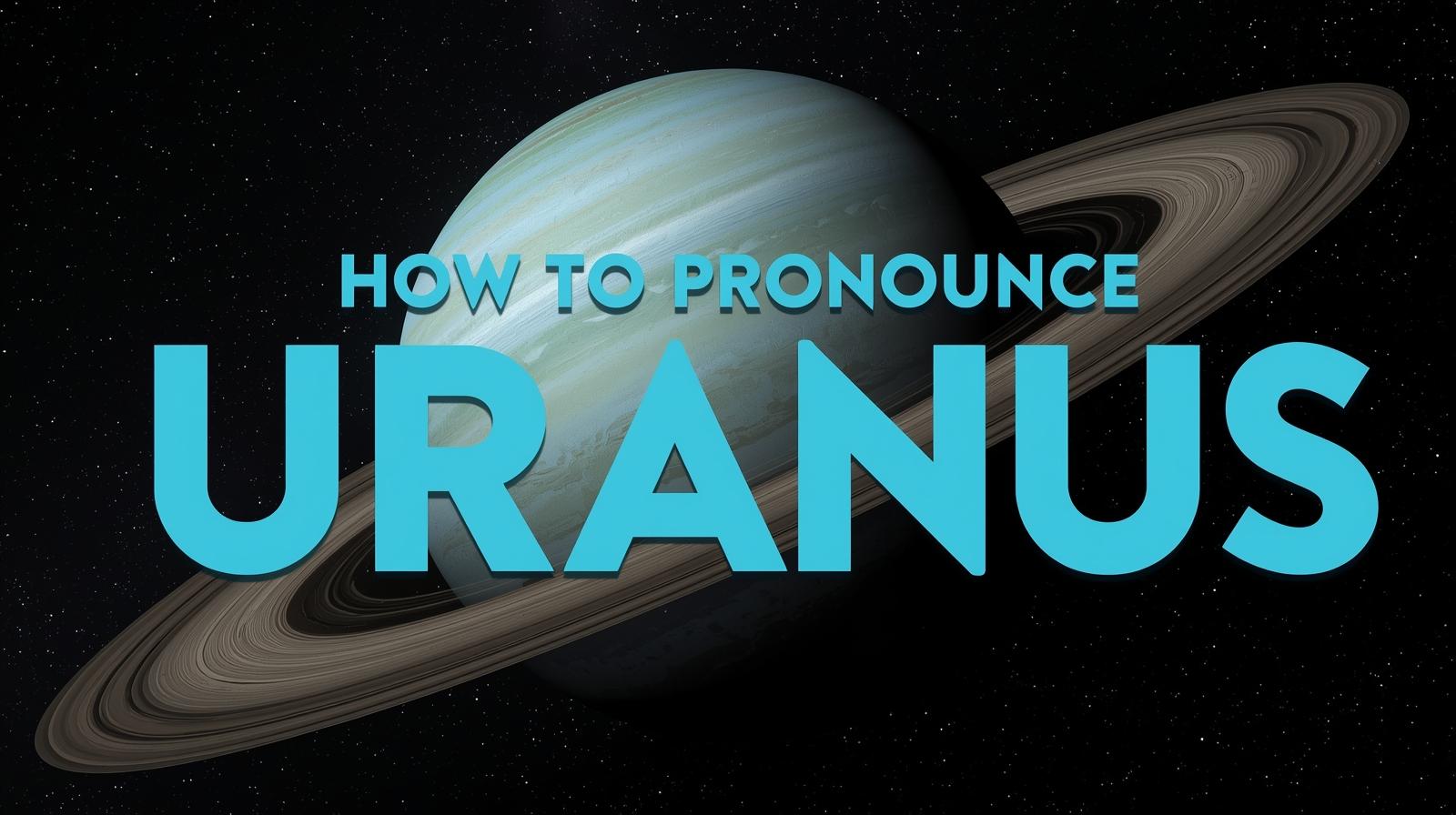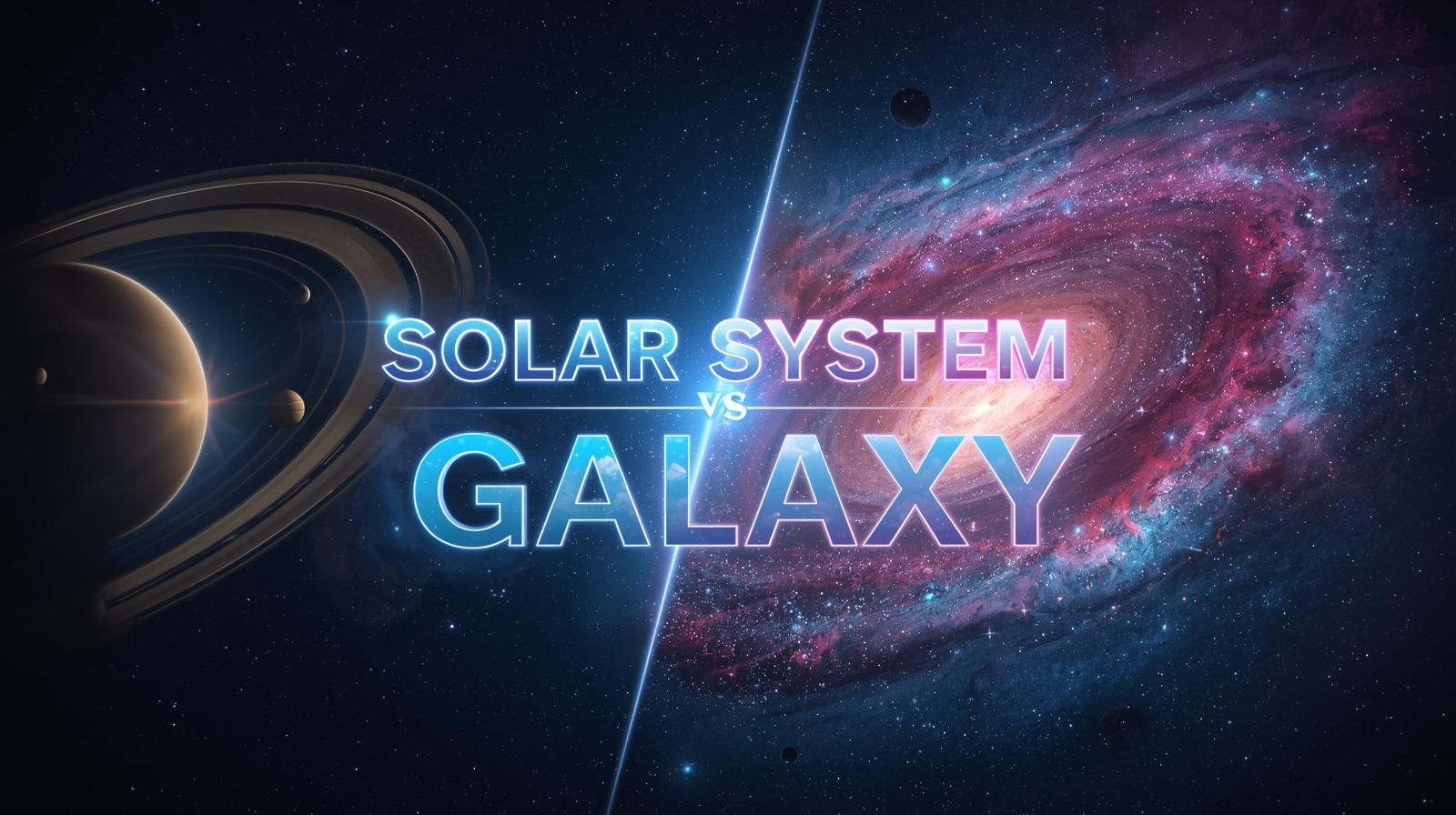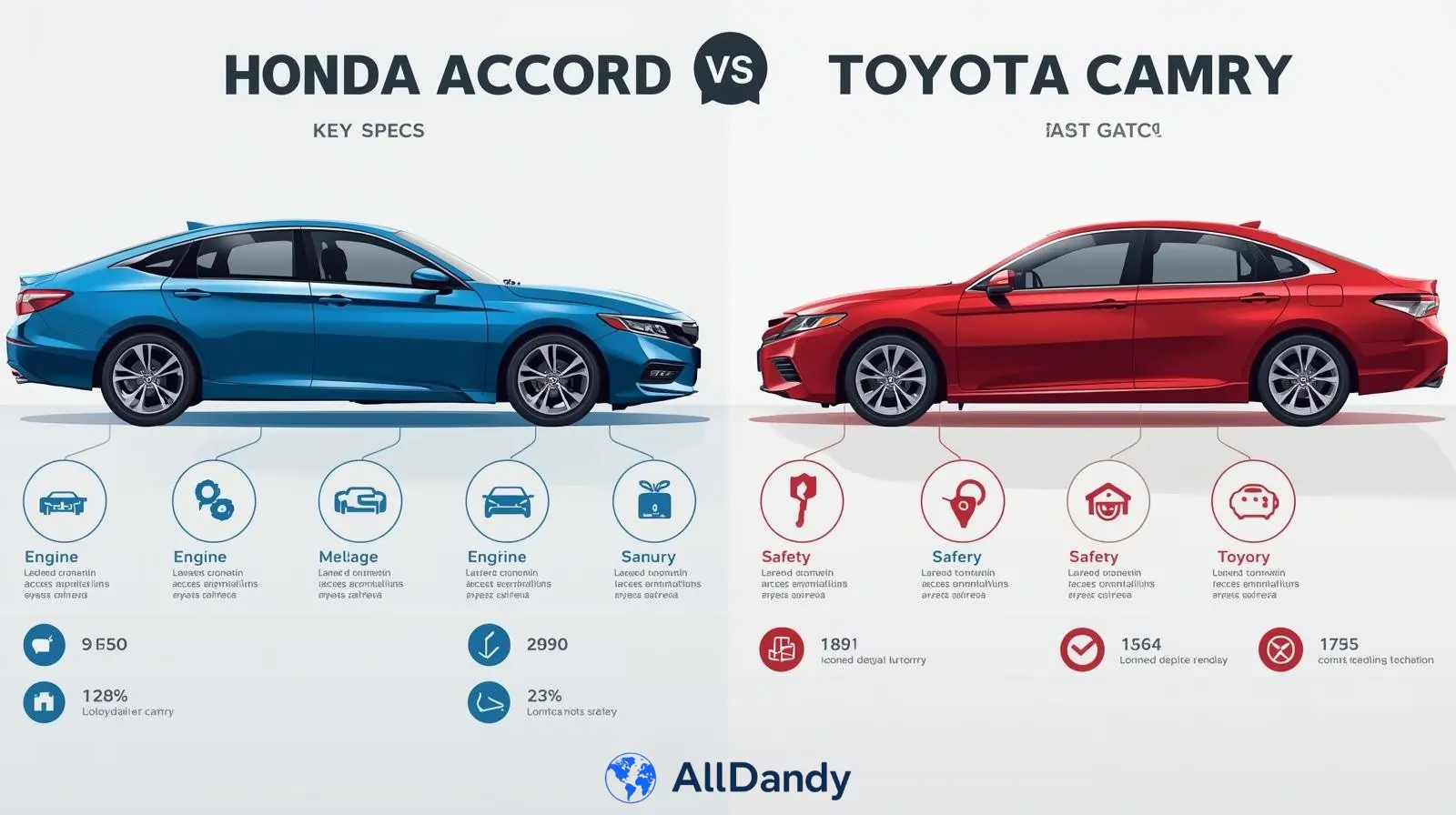Understanding the Cosmic Dance Between Stars and Planets
Have you ever gazed at the night sky and wondered what makes those twinkling lights different from the wandering dots we call planets? The distinction between a star vs planet isn’t just about brightness it’s a fundamental difference that shapes our entire universe.
I remember the first time I truly understood this difference. During a camping trip in 2019, my friend pointed out Jupiter and said, “That’s a planet, not a star.” I was confused it looked just like every other bright point in the sky. But once you know what to look for, the star vs planet debate becomes crystal clear, and the night sky transforms into a storytelling canvas.
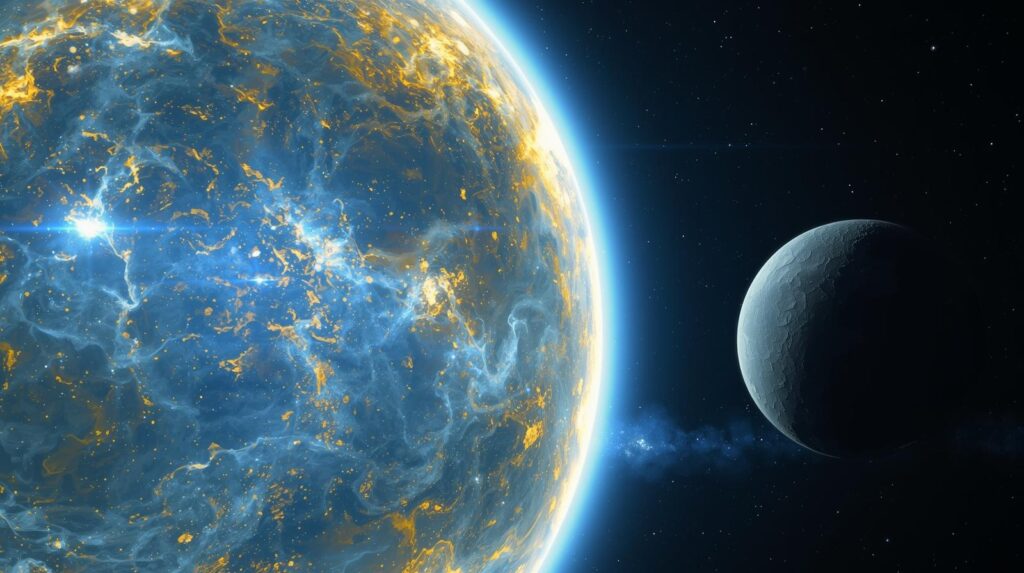
Table of Contents
What Makes a Star Truly a Star?
Stars generate energy through nuclear fusion, where hydrogen atoms fuse into helium, releasing tremendous amounts of energy as light and heat. This internal powerhouse is what fundamentally separates stars from every other celestial body.
Astronomers estimate that the universe could contain up to one septillion stars that’s a one followed by 24 zeros. Our own Sun, a medium-sized yellow dwarf star, exemplifies this perfectly. Every second, it converts about 600 million tons of hydrogen into helium, producing the light and warmth that sustains life on Earth.
The Nuclear Furnace Within
The core of a star reaches temperatures exceeding 15 million degrees Celsius. At these extreme conditions, nuclear fusion occurs naturally. This process differentiates a star vs planet in the most fundamental way stars produce their own light, while planets merely reflect it.
How Planets Differ From Their Stellar Companions
Planets are smaller, non-luminous objects that reflect the light of stars. Our solar system contains one star, eight planets, five dwarf planets, at least 290 moons, more than 1.3 million asteroids, and about 3,900 comets.
When examining the star vs planet comparison, planets fall into two main categories:
Rocky Planets vs Gas Giants
There are two types of planets based on composition gas planets consisting of hydrogen and helium, and terrestrial rocky ones. Earth, Mars, Venus, and Mercury are terrestrial planets with solid surfaces. Jupiter, Saturn, Uranus, and Neptune are gas giants without defined solid surfaces.
Star vs Planet: The Five Critical Differences
| Feature | Star | Planet |
|---|---|---|
| Energy Production | Generates light through nuclear fusion | Reflects light from nearby stars |
| Mass | Typically 80+ times Jupiter’s mass | Ranges from small rocky bodies to massive gas giants |
| Temperature | Core exceeds 10 million degrees | Surface temperatures vary widely |
| Orbital Behavior | Center of planetary systems | Orbits around stars |
| Composition | Primarily hydrogen and helium | Varied rock, metal, gas, ice |
Understanding these differences transforms how we interpret the star vs planet debate. Each characteristic interconnects, creating the cosmic hierarchy we observe.
The Mass Mystery: Why Size Matters
Mass determines whether a celestial body becomes a star or remains a planet. A star requires approximately 80 times Jupiter’s mass to ignite nuclear fusion. Below this threshold, you get brown dwarfs failed stars that never achieved fusion. The star vs planet distinction hinges on this critical mass boundary.
The Kepler mission revealed a profound truth: there are more planets than stars in the cosmos. This discovery reshaped our understanding of planetary abundance and the star vs planet ratio throughout the universe.
Observable Differences: What You See in the Night Sky
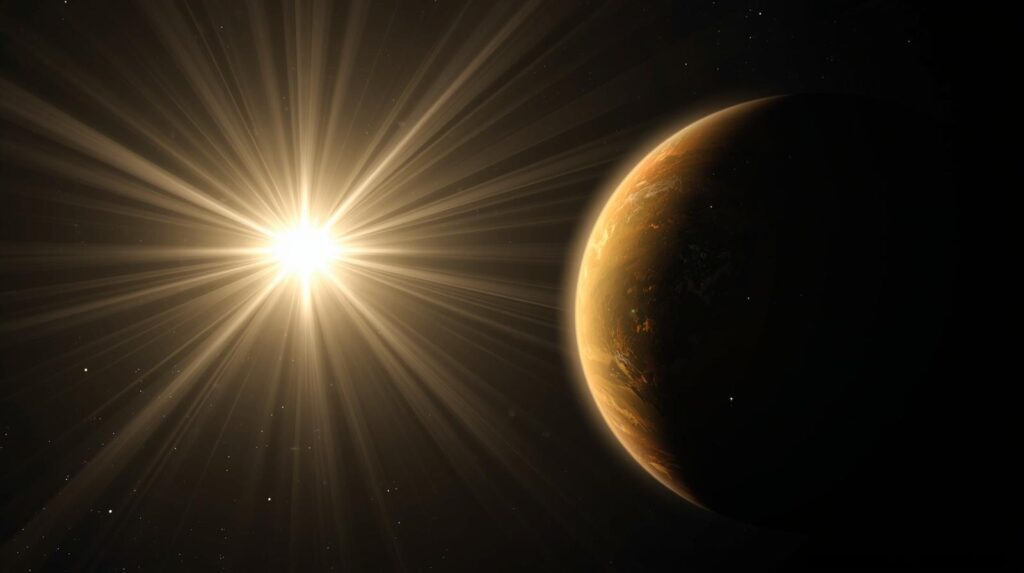
Here’s a practical tip from my years of amateur astronomy: stars twinkle, planets don’t. This happens because starlight travels from such immense distances that Earth’s atmosphere causes it to shimmer. Planets, being closer and appearing as tiny discs rather than points, shine steadily.
When comparing star vs planet visibility, planets appear to move against the background stars over days and weeks. Ancient astronomers called them “wanderers” for this reason. Stars maintain fixed positions relative to each other for human timescales.
The Role of Orbital Mechanics
Planets usually orbit stars, though exceptions exist, such as rogue free-floating planets. These orphaned worlds drift through interstellar space without a stellar home. The typical star vs planet relationship involves gravitational binding, where the star’s immense mass keeps planets in elliptical orbits.
Our alldandy solar system demonstrates this perfectly eight planets dance around the Sun in predictable paths, governed by gravitational laws discovered by Kepler and Newton.
Exoplanets: Expanding Our Understanding
NASA’s tally of planets outside our solar system recently reached 6,000, highlighting the accelerating rate of discoveries just over three decades since the first exoplanets were found. Each discovery refines our understanding of the star vs planet relationship across different stellar environments.
Why the Star vs Planet Distinction Matters
Beyond academic curiosity, understanding the star vs planet difference impacts:
Astrobiology and Life Detection: Scientists search for planets in the “habitable zone” around stars where liquid water can exist. The star vs planet interaction determines whether life as we know it could emerge.
Space Navigation: Future interstellar missions require precise knowledge of stellar and planetary positions. The star vs planet classification helps create accurate star maps.
Cosmological Understanding: The ratio of stars to planets reveals how matter organized after the Big Bang. Every star vs planet comparison adds data to this cosmic puzzle.
Personal Reflections on Cosmic Scale
The more I study the star vs planet distinction, the more humbled I feel. Each star potentially hosts multiple planets. The Milky Way alone contains approximately 100 billion planets. The star vs planet ratio suggests we’re surrounded by countless worlds, each with unique characteristics.
I often think about how ancient civilizations revered both stars and planets as gods. They recognized something special about these celestial objects, even without understanding the nuclear physics behind the star vs planet differences. Modern science has simply provided the explanations for what humans have always sensed that stars and planets represent different cosmic roles.
The Future of Star and Planet Research
Technology continues revealing new aspects of the star vs planet relationship. The James Webb Space Telescope analyzes exoplanet atmospheres, searching for biosignatures. Next-generation telescopes will discover smaller, Earth-like planets around distant stars.
Understanding the star vs planet distinction becomes more nuanced with each discovery. We’ve found planets orbiting binary stars, planets denser than iron, and gas giants closer to their stars than Mercury is to our Sun. Each finding challenges our assumptions about how the star vs planet systems form and evolve.
Conclusion: Two Cosmic Destinies
The star vs planet debate ultimately reveals two different cosmic destinies. Stars burn bright for millions or billions of years before exhausting their fuel. Planets endure as silent witnesses to stellar evolution, potentially harboring life and telling stories of planetary formation.
Both stars and planets emerged from the same primordial clouds of gas and dust. Yet gravitational forces and mass accumulation determined whether they’d shine or reflect, burn or orbit. The star vs planet distinction represents one of nature’s fundamental sorting mechanisms, organizing matter into the cosmic structures we observe today.
Whether you’re an amateur astronomer, a curious student, or simply someone who appreciates the night sky, understanding the star vs planet differences enriches every upward glance. Next time you’re outdoors after sunset, take a moment to identify which lights produce their own glow and which merely reflect the light of others.
Frequently Asked Questions
Can a planet ever become a star?
No. Planets lack the mass required to ignite sustained nuclear fusion. A planet would need to accumulate roughly 80 times Jupiter’s mass to become a star, which doesn’t occur naturally within planetary systems.
Why do some stars appear brighter than planets?
Star brightness depends on intrinsic luminosity and distance from Earth. Some nearby planets (like Venus) can appear brighter than many stars, but stars generate their own light while planets only reflect starlight.
How many planets orbit the average star?
Research indicates most stars host at least one planet, and many have multiple. Overall, planets likely outnumber stars in our galaxy, so the average star often has a planetary system.
What’s the closest star to Earth besides the Sun?
Proxima Centauri is the nearest star beyond the Sun, located about 4.24 light-years away. It’s part of the Alpha Centauri system and has at least two confirmed planets.
Could a star exist inside a planet?
No that idea contradicts the physical definitions of stars and planets. Stars are self-luminous fusion reactors; planets are non-luminous bodies. That said, collisions between stars could produce unusual objects, but a star inside a planet is not physically meaningful.

